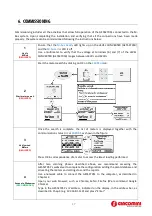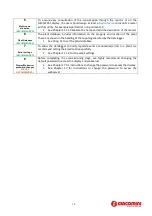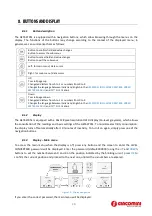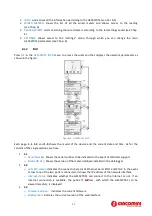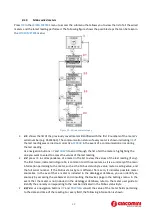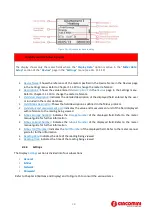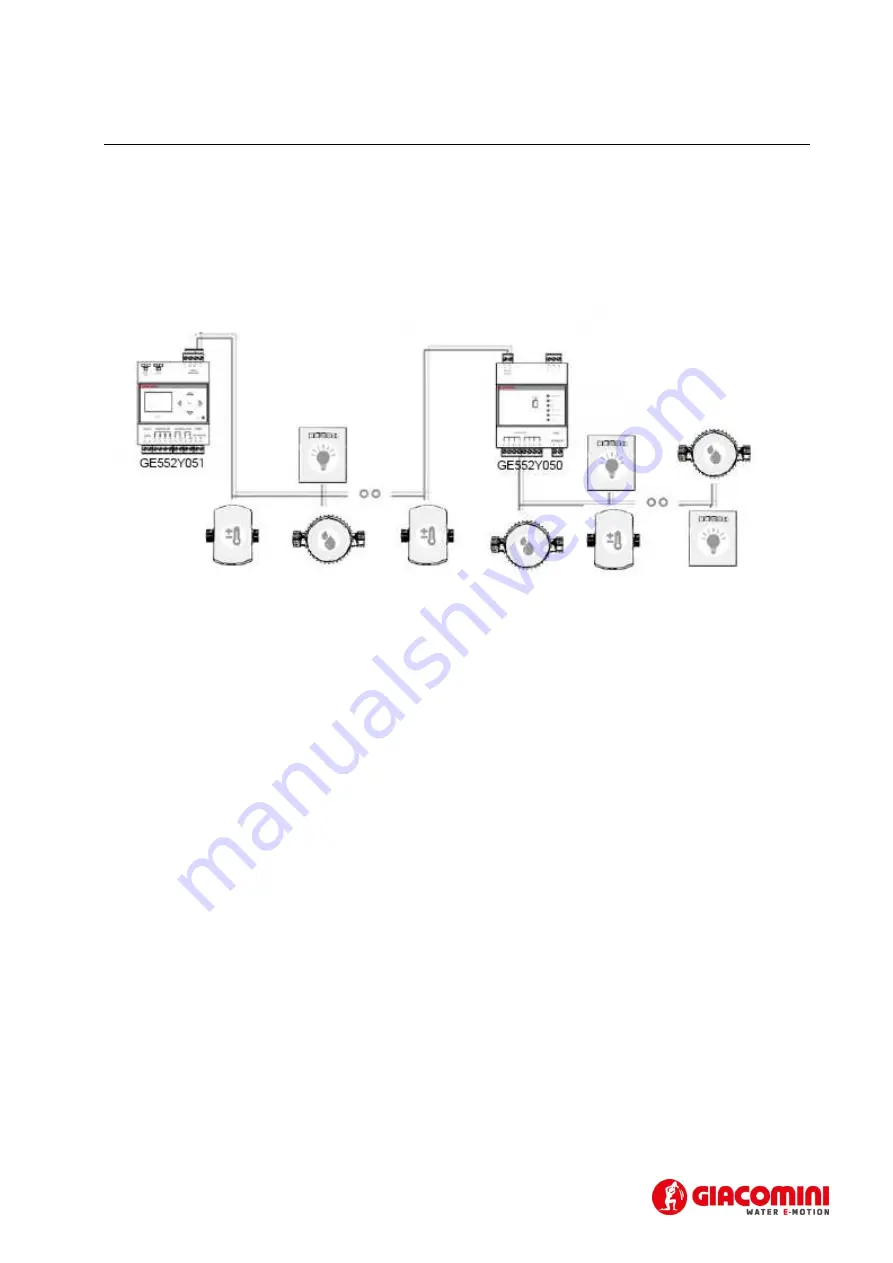
8
4.
GENERAL INFORMATION ON THE SYSTEM
4.1.1
Overview of the system
GE552Y051 is a consumption monitoring and metering system based on a standard wired M-Bus
communication protocol (EN13757-2
[
Physical Layer
]
, EN13757-3
[
Application Layer
]
). All the meters that
use this communication protocol can be connected and will be managed by the system with all the
functions it features.
Figure 2 - System architecture
GE552Y051 can manage up to a maximum of 250 wired meters. GE552Y051 has an integrated
communication port that supports up to 20 M-Bus meters. It is possible to extend the number of wired
connected meters (up to 250) through the use of level converter (reference code in GIACOMINI catalog:
GE552Y050) with integrated repeater functionality (see Fig.2 ). A single level converter is able to manage up
to a maximum of 60 M-Bus nodes. If in the system there were more than 20 M-Bus nodes to manage with
the same GE552Y051 one or more level converter in repeater mode can be used.
4.1.2
M-Bus system
M-Bus (Meter-Bus) is a European standard (EN 13757-2
[
phisical and link layer
]
, EN 13757-3
[
application
layer
]
) for remote reading of water, heat, gas or electricity meters. M-Bus is also usable for other types of
consumption meters. The M-Bus interface is designed to communicate on two wires, for which ensures
enormous convenience.
The M-Bus protocol has been developed to have available a system for remote reading and management of
meters networks of utilities , for example to measure the consumption of gas or water in the house. This
bus meets the special requirements of systems remotely and/or battery powered, including meters usually
prepared from utilities at consumers.
The advantages of the M-Bus system are
•
High level of data transmission security
•
Low wiring costs
•
Long distances without requiring repeaters
•
Large number of central units
•
Detection of both battery-powered and mains-powered devices
•
Automatic device recognition

















